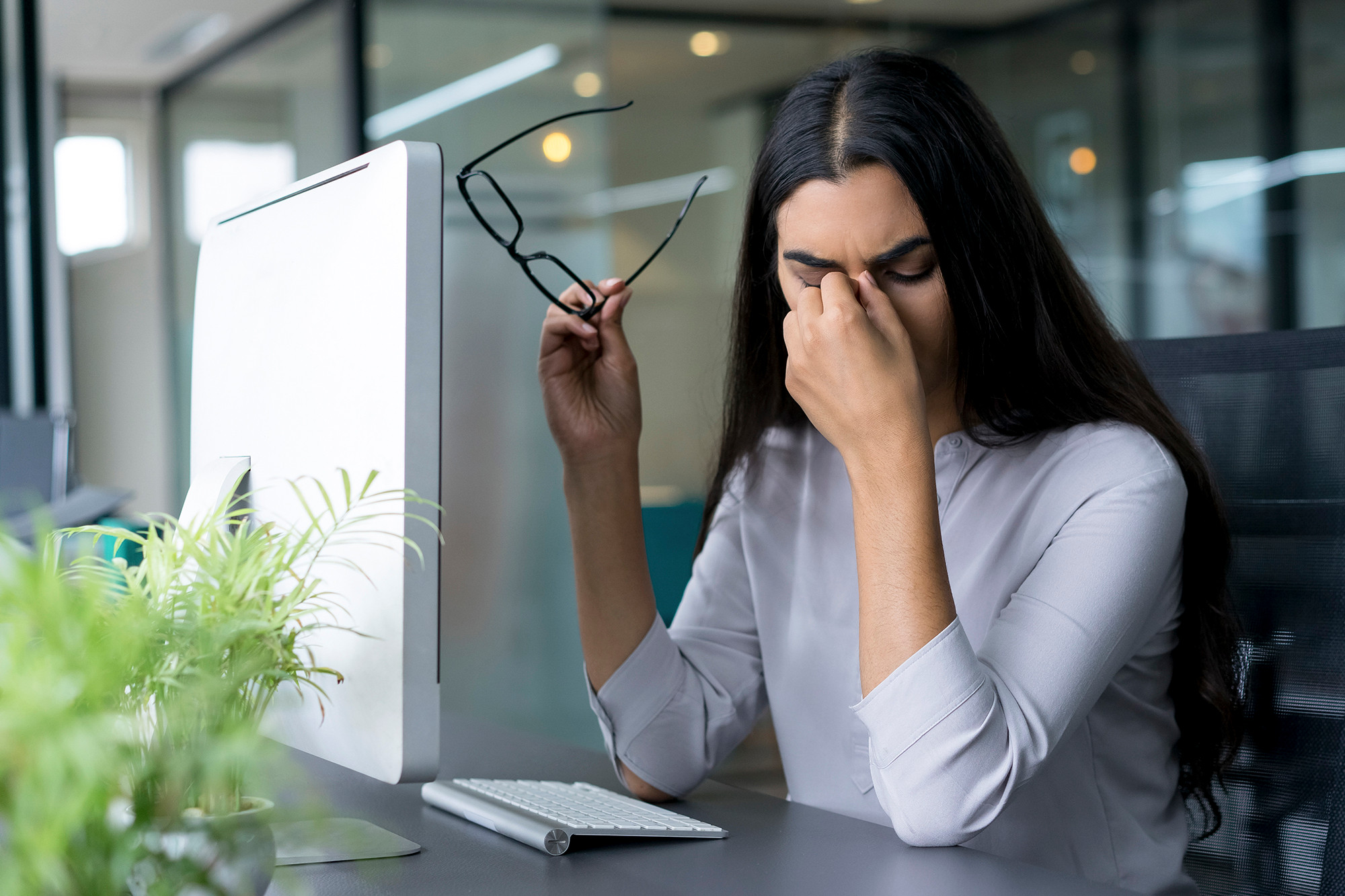
According to a recent NEI-funded study, children’s eyes absorb more blue light than adults from digital device screens.
Our eyes are gifted with natural filters but they’re not enough to protect against the over-exposure of blue light. Our skin, nails, hair and eyes all contain melanin, the body’s natural “sunscreen” which absorbs harmful UV and blue light rays, but only to some extent & age.
Its a matter of great concern that, all electronic devices used today emit a dangerous blue light, which negatively impacts not only our vision but also our overall health. Also according to a recent NEI-funded study, children’s eyes absorb more blue light than adults from digital device screens. When we look at any digital device screen, our blink rate drops significantly, and our eyes won’t put up with that for too long without fuss. If you’ve ever experienced slightly blurry vision after staring at the computer all day, that is a sign of digital eye strain.
Light rays emitted by computers and flat screen televisions, LED lights and energy-efficient light bulbs, can prove harmful for the eyes. The backlit displays on cell phones, e-readers, and laptop computers also emits high amounts of very strong blue light waves. Another study by, Harvard medical group states that over the years, High Energy Visible (HEV) blue light has been identified as the most dangerous light for the retina. Chronic exposure, can Lead to long range growth in the number of eye diseases including macular degenerations, glaucomas, and retinal degenerative diseases. Aging leads to a decine in melanin by somewhere around 65, when half of our natural protection is gone making our eyes more susceptible to damage from both UV rays and blue light which can more deeply penetrate the retina leading to macular degeneration.
Take action for Good Visual Health
- Blink more to keep eyes lubricated. Follow the “20-20-20 Rule” — every 20 minutes, stare at something at least 20 feet away for at least 20 seconds. This exercise engages your distance vision and helps the eye to “reset.”
- Cut back on device usage before bed. Studies show that exposure to blue light a couple of hours before bedtime actually suppresses melatonin and delays deep REM sleep significantly. So cutting back on tech use at night means getting better sleep, making people more productive at both work and school.
- Opt for lenses that filter out blue light (and no, these aren’t the old bright orange blue-blocker eyewear from the ‘90s). Get blue light lenses to view content on a digital screen. The lenses have little-to-no tint and can help to minimize the direct blue light exposure that you get throughout the day.
- Use Good Ambient Lighting. Keep balanced lighting around your computer work area to avoid high contrast and reduce glare to avoid computer eye strain. Avoid using a device in complete darkness.
- Revamp your work station. You should be close enough to high five the screen. Sit in your chair, extend your arm so your palm is resting comfortably on the monitor; it should be about 20-26 inches away. Good posture prevents an achy back, shoulders and neck.
- Adjust your screen position. Reduce computer eye strain by positioning the screen directly in front of your face – never tilted – and slightly below eye level.
- Personalize your computer display settings. Bump up the text size. Adjust the brightness. If the white background you’re reading looks like a light source, make the setting dimmer. If it looks dull and gray, make it brighter. You can even adjust the color temperature to reduce the amount of blue light emitted by a color display.
- Get an eye exam. Be sure to tell your doctor how much time you spend in front of a computer or device. Your eye doctor can evaluate any symptoms of digital eye strain, as well as discuss lens options or lifestyle changes for alleviating and protecting against future discomfort.
Go for regular eye check-ups for your doctor can evaluate any symptoms of digital eye strain, as well as discuss non prescription glasses, or lifestyle changes for alleviating and protecting against future discomfort.